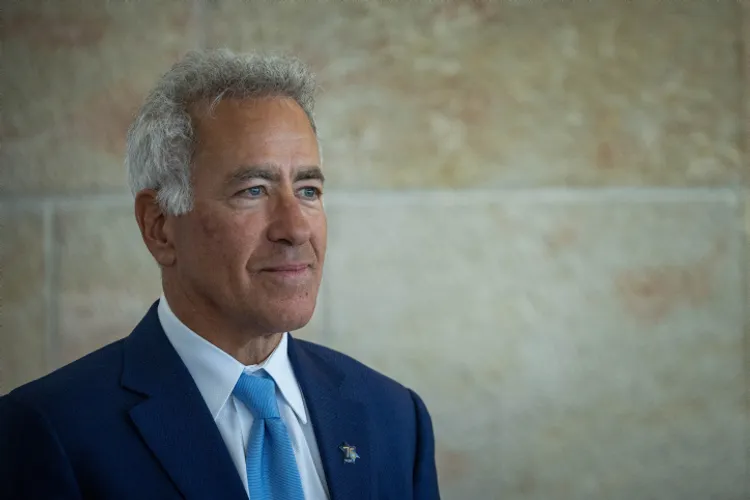
Do Your Looks Help or Hurt Your Job Search?
Do Your Looks Help or Hurt Your Job Search?
December 2, 2010
The New York Times — How much do looks matter during a job search? A new study suggests that while handsome men do better while looking for work, good looks can end up hurting a woman’s chances of scoring a job interview.
The study, conducted by economists at Ben-Gurion University of the Negev in Israel, sent 5,312 résumés to more than 2,600 employers who had advertised job openings. Two applications were sent to employers, each with virtually identical résumés.
The only real difference was that one of the résumés included a photograph of the applicant. Sometimes the applicant was an attractive man or woman, and sometimes the photo showed a more plain-looking man or woman. (While sending a photograph with a résumé isn’t typical in the United States, it’s not uncommon in Israel, the researchers noted.)
To choose the photographs used in the study, the researchers collected photos from 300 university students. A panel of four men and four women rated the pictures in terms of attractiveness.
To eliminate potential racial bias, the judges selected photos of individuals who appeared to have a more ambiguous ethnic background.
Over all, employers sought interviews with 14.5 percent of the job candidates. Notably, 19.9 percent of the male candidates who sent attractive pictures were called in for interviews, compared to 13.7 percent of the men with “plain” photos. Only 9.2 percent of the men who didn’t send a picture were called to interview.
Based on the response rate in the study, an attractive man needs to send an average of five résumés with a photo to get one interview. An ordinary-looking man needs to send 11 résumés with a photo to get a single interview.
But the apparent bias in favor of job candidates with photos didn’t hold true for women. Women who didn’t send photos had a 16.6 percent callback rate, the highest response rate from prospective employers.
Résumés accompanied by a photo of a “plain” woman received callback responses 13.6 percent of the time, compared with 12.8 for those accompanied by photos of attractive women. The researchers found that the response rate was about the same for all categories of women when the résumé was sent to employment agencies.
When résumés were sent directly to a company, however, attractive women were only half as likely to receive a response as plain women and those who didn’t send a picture, a difference that was statistically meaningful. That suggests that when the hiring is done by the company where the job candidate will work, the people doing the hiring appear to strongly discriminate against attractive women.
After the study was complete, the researchers contacted the companies to determine who at each of the firms was in charge of screening job candidates. At nearly every firm, the person in charge of screening résumés was a young woman, from 23 to 34 years old, and typically single. The researchers concluded that callback rates most likely were influenced by the screener’s jealousy “when confronted with a young, attractive competitor in the workplace.”
In addition, the survey of employers found different reactions to résumés accompanied by photos, depending on the gender of the job candidate. When a man included a photo with his résumé, employers found that it showed confidence and that the candidate was presentable. But when a woman included a photo, it was viewed as a negative, suggesting the woman was “attempting to market herself via her appearance.”
“Our results show that beauty distorts the hiring process,” the researchers concluded. “Suitably qualified attractive women and plain men and women may be eliminated early on from the selection process.”
The findings are outlined in a working paper called “Are Good-Looking People More Employable?”



